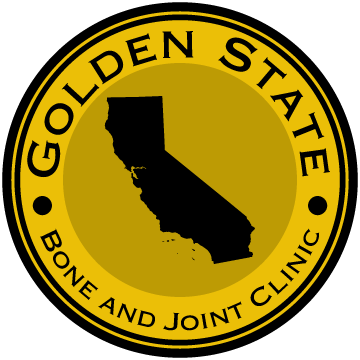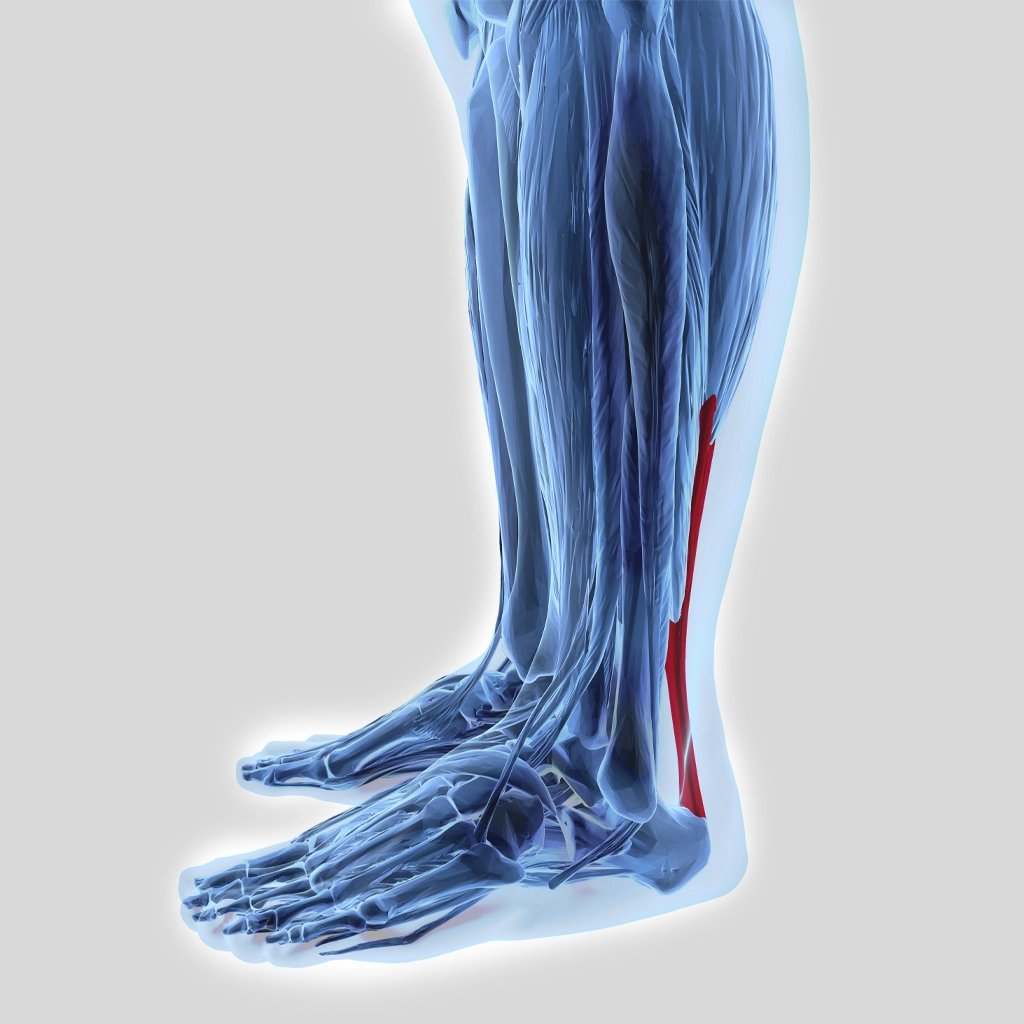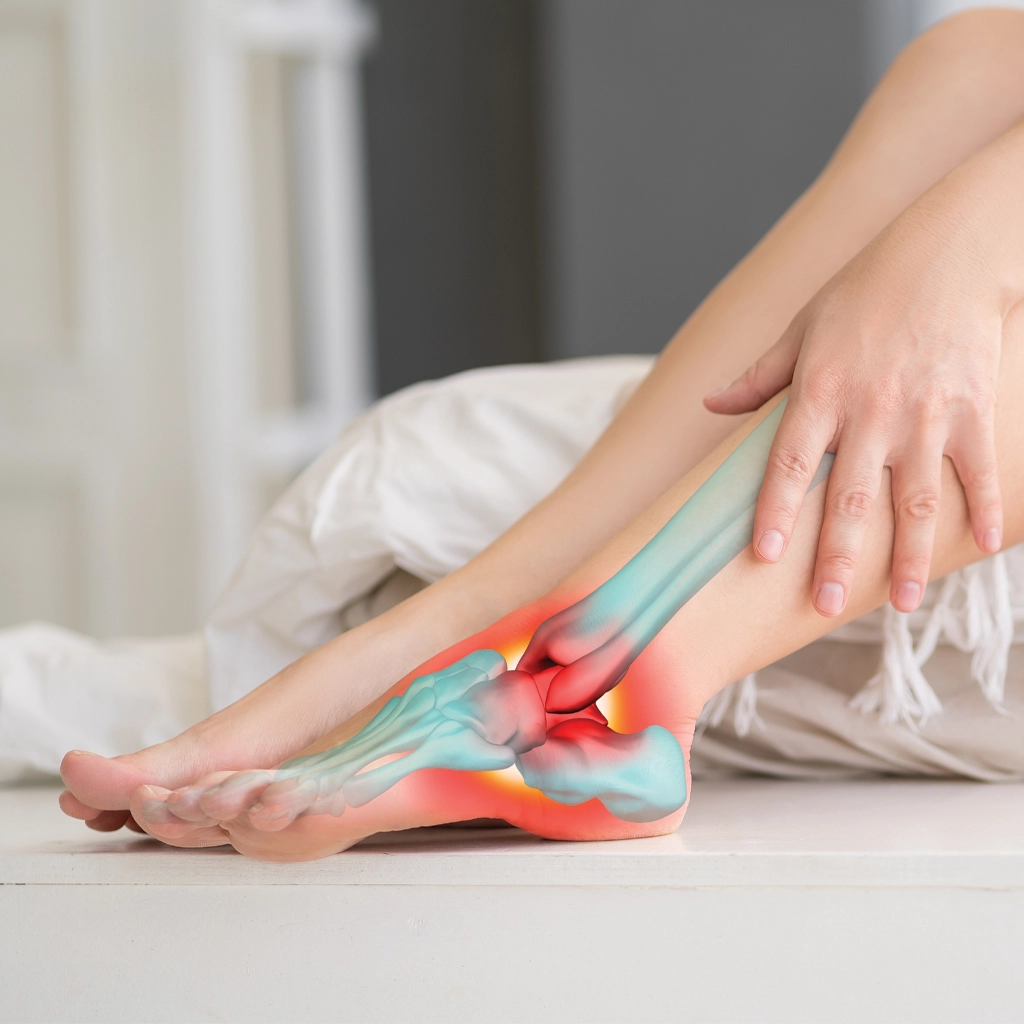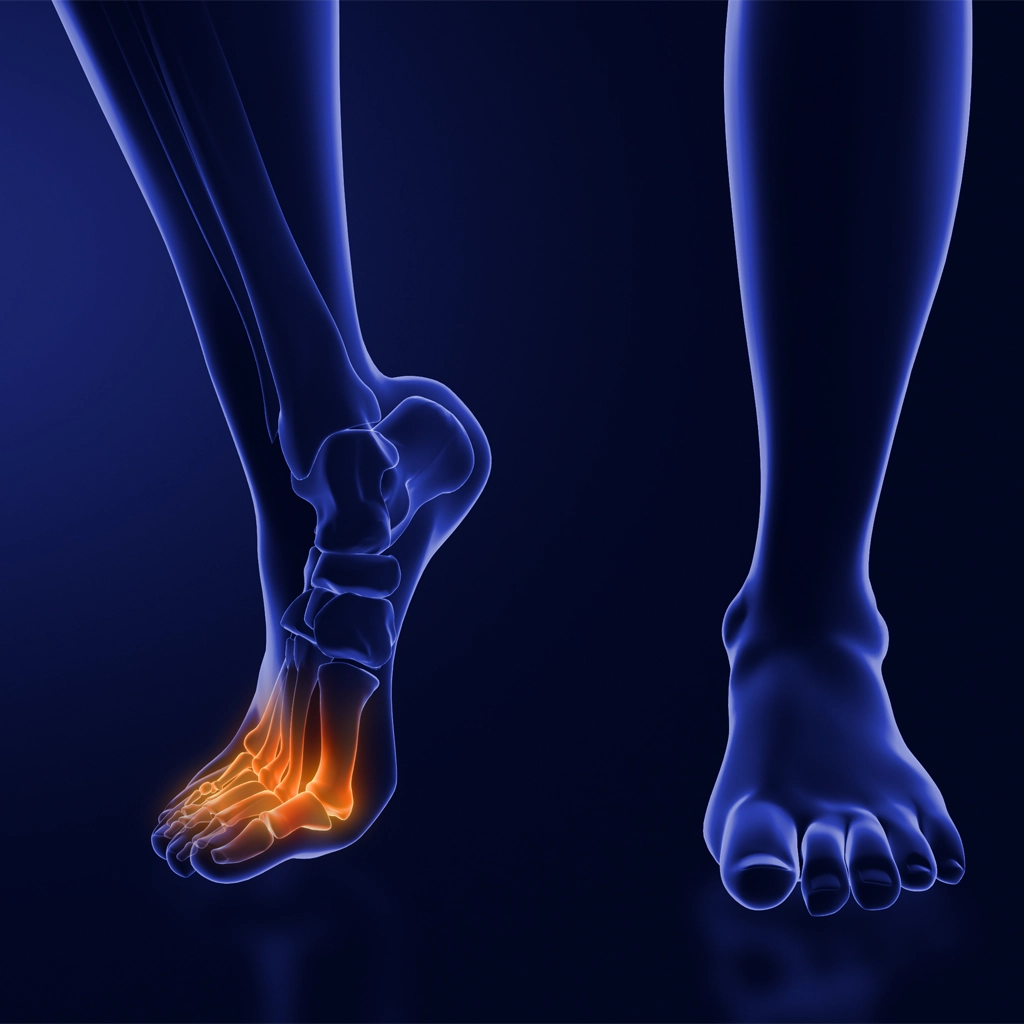Arthritis of the Foot and Ankle
If arthritis in your foot and/or ankle is impacting your quality of life, there are several options we offer to treat this condition. The most conservative treatments are designed to reduce pain and swelling, and to help improve mobility. These can include bracing or compression, pain injections, orthobiologic treatments and physical therapy. If these do not improve symptoms, ankle or joint replacement surgery, fusion surgery and other techniques may be recommended. Many of these surgeries can be performed with minimally invasive techniques to lessen the length of recovery, reduce pain and promote faster healing.
Bunions
A bunion is a deformity of the metatarsophalangeal (MTP) joint at the base of the big toe. These commonly occur in women, and because shoes aren’t designed to accommodate the resulting protrusion, bunions can be painful. There are conservative approaches to treating bunions, but if these fail, bunion surgery can eliminate the bony protrusion, relieving the pain and restoring normal function.



